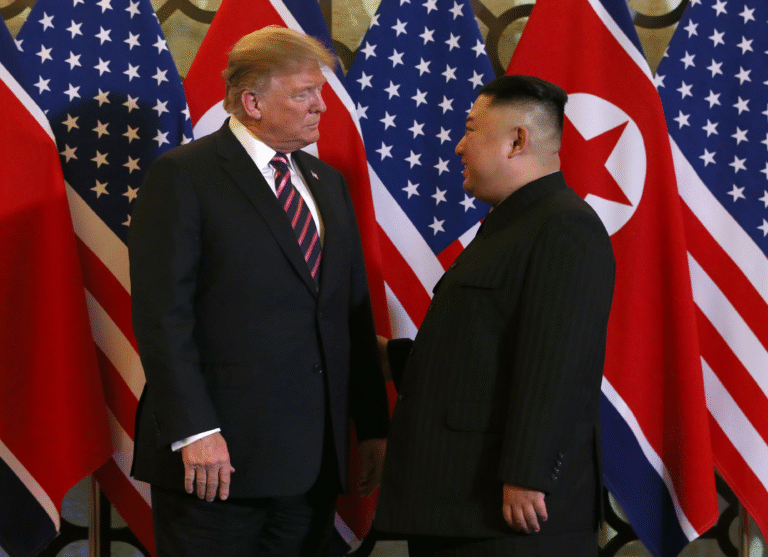
Taiwan launches first such prosecution, alleging the captain of the Chinese-crewed Hong Tai 58 dropped anchor near an undersea cable that then damaged it.
Prosecutors in Taiwan charged, for the first time, a Chinese ship captain with intentionally damaging undersea cables off the island in February, after a rise in sea cable malfunctions alarmed Taiwan officials amid tensions with China.
Prosecutors say the man was captain of the Chinese-crewed Hong Tai 58, registered in Togo, which Taiwanese authorities detained after suspecting the ship had dropped anchor near an undersea cable off southwestern Taiwan, allegedly damaging it.
The prosecutors’ office in the southern Taiwanese city of Tainan said they had charged the ship’s Chinese captain, whom they identified only by his family name, Wang, with being responsible for the alleged damage to the cable.
Wang has said he is innocent, but refused to provide details of the ship’s owner and “had a bad attitude”, the prosecutors alleged in a statement.
Seven other Chinese nationals detained at the same time will not be charged and will be transported to China, prosecutors said, adding that the case was the island’s first prosecution relating to damage to sea cables.
Reuters was not able to determine the ship’s ownership or immediately locate a lawyer representing the captain.
China’s Taiwan Affairs Office did not immediately respond to a request for comment. China has previously accused Taiwan of “manipulating” possible Chinese involvement in the case, saying it was casting aspersions before the facts were clear.
Taiwan has reported five cases of sea cable malfunctions this year, compared with three each in 2024 and 2023, according to its digital ministry.
Taiwan’s coastguard has in recent months stepped up efforts to protect its sea cables, including monitoring a “blacklist” of close to 100 China-linked ships registered to a country other than that of its owner near Taiwan, officials familiar with the matter told Reuters.
Taiwan said in January it suspected a China-linked ship of damaging an undersea cable off its northern coast. The shipowner denied the accusations.
Taiwan, which China claims as its own territory, has repeatedly complained about “grey zone” Chinese activities around the island, designed to pressure it without direct confrontation, such as balloon overflights and sand dredging.
Taipei was alarmed after another Chinese-linked ship was suspected of damaging a different cable this year, prompting the navy and other agencies to step up efforts to protect the undersea communication links, which are vital to the island’s connections to the rest of the world.
Taiwan, whose government rejects Beijing’s sovereignty claims, has pointed to similarities between what it has experienced and damage to undersea cables in the Baltic Sea following Russia’s invasion of Ukraine.





